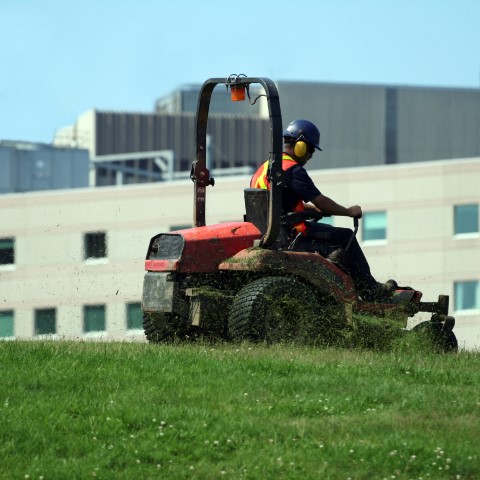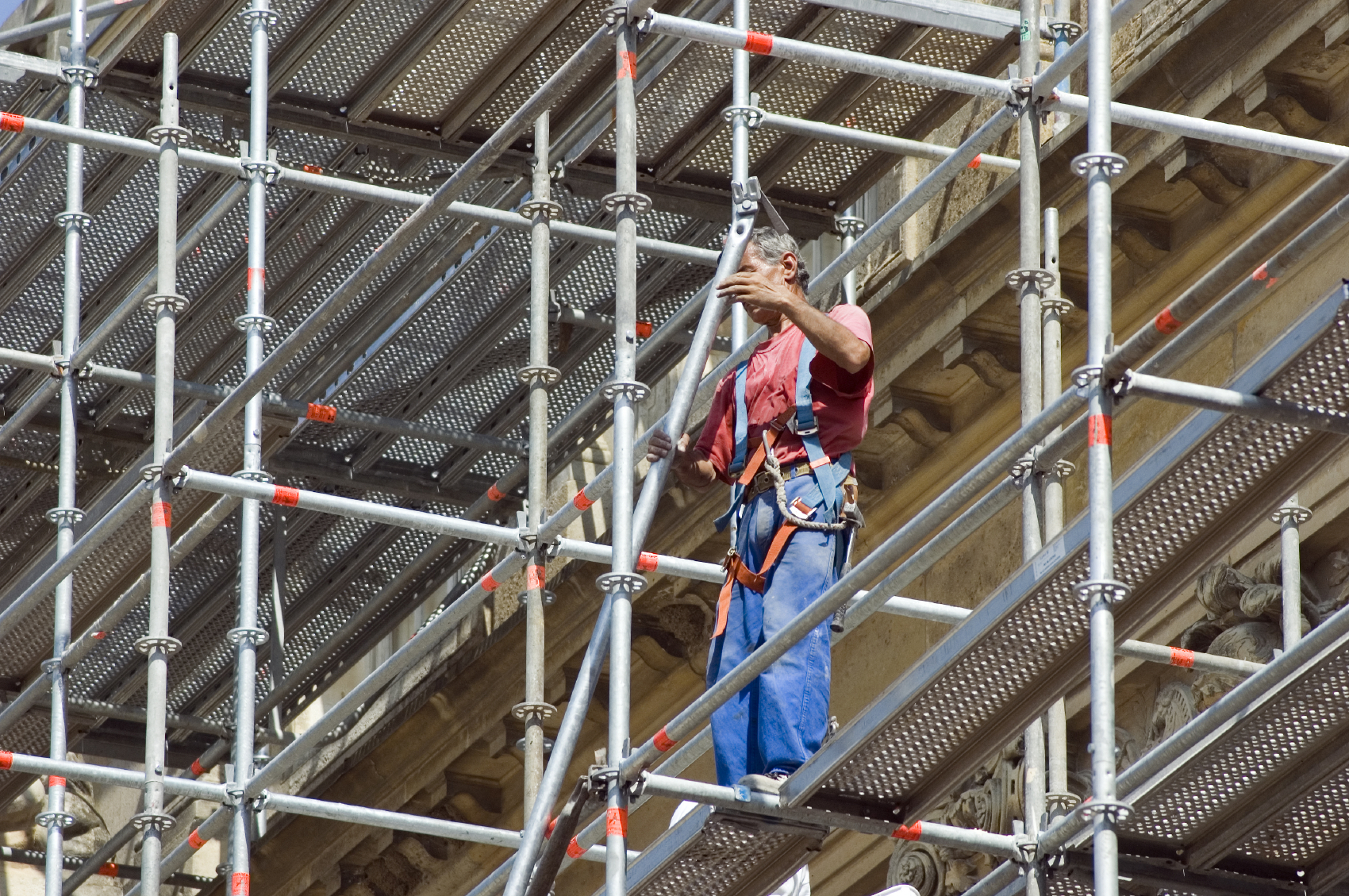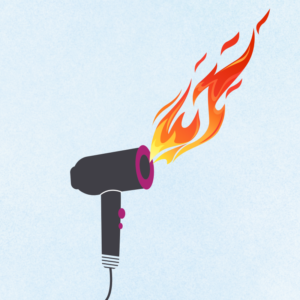Robotic Safety Programs in manufacturing operations are designed, implemented and inspected by designated company personnel along industry standards promulgated by the American National Standards Institute (ANSI); in accordance with Occupational Safety and Health Administration (OSHA) requirements. American National Standards Institute (ANSI), ANSI R15.06-1999, ANSI TR R15.106-2006 and ANSI B11.TR3-2000 establish the core to robotics safety best practices and are augmented by: International Standards Organization (ISO), TC 184, ISO10218-1:2006 and American Welding Standard D16.1M/D16.11 . U.S. Code 29 CFR 1910, OSHA PUB 8-1.3 (SEP 21, 1987) and STD 01-12-002 ‘Guideline for Robotics Safety' (1987, September 21) incorporate these industry standards into government safety programs.
ANSI and OSHA identify: human/control/design errors, unauthorized access, mechanical/environmental hazards and, electric-hydraulic & pneumatic power sources as the primary hazards in robotics operations,2 but, it is often the human error of unauthorized access to robotic work areas which creates the greatest risk of crush and electrocution injury to personnel from robotic systems, pneumatic, electric and hydraulic drive components. Interlocked and fixed barrier guards, presence sensing devices and awareness barrier devices are used to control access to the robot's ‘work envelope' (area in which the robot's ‘arm' and other motion elements articulate.)3 ‘Awareness barriers' like chains, rails and signs work in conjunction with fixed barriers (i.e. a wire cage) or interlocked barriers (i.e. a door which stops robotic activity when opened) and presence-sensing devices (i.e. light/ultrasonic curtains) to create layered safety by physically obstructing human entry into a robotic work area, or by shutting down robotic operations the moment human intrusion is detected.
As safe robotic systems require cross-implementation of varying regulations, forensic engineers are an excellent resource in assessing proper system design. Our engineers can determine accident causation which varies by a robotic systems: rectangular/cylindrical/spherical-coordinate, articulated, gantry or SCARA articulation, relative its: ‘maximum,' ‘restricted' and ‘operating' work envelopes. (See images below.)
Robot Arm Configurations

A Robots Work Envelope

Forensic engineers can determine changes in code, such as when the Robotics Industry Association (RIA) harmonized U.S. ANSI standards to international robotics standard ISO10218:2011 in May 2013.4 The two key additions to this revision were improvements in ‘collaborative operation,' which established standards for operator loading/unloading & movement of robotic systems, and standardization of work envelope robotic programming, which increased safety in robotic systems' ‘restricted operation' envelopes, reduced floor space utilization and design cost.5
Sources and Citations:
1 https://www.osha.gov/pls/oshaweb/owasrch.search_form?p_doc_type=DIRECTIVES&p_toc_level=1&p_keyvalue=Information_Date&p_status=CURRENT . Retrieved 10/22/14.
2 https://www.osha.gov/pls/oshaweb/owadisp.show_document?p_table=DIRECTIVES&p_id=1703 . Retrieved 10/22/14.
3 https://www.osha.gov/dts/osta/otm/otm_iv/otm_iv_4.html . Retrieved 10/22/14.
4 http://www.assemblymag.com/articles/91340-ansi-ria-revise-robot-standard . Retrieved 10/22/14.
5 http://www.controldesign.com/industrynews/2013/ansi-approves-ria-new-robot-safety-standard/ . Retrieved 10/22/14.
Submit a case or claim online.
Contact a CED Engineer in your region.






